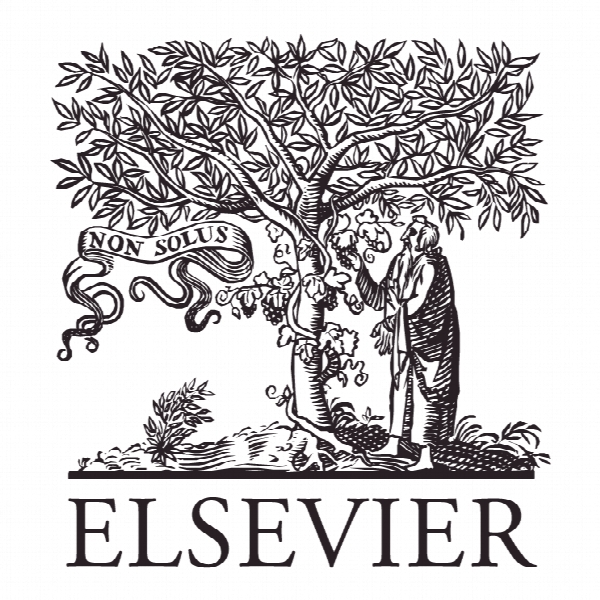پیش بینی فروش محصول با استفاده از بررسی های آنلاین و داده های فروش مبنی بر تاریخ: روش متشکل از مدل باس و تحلیل احساسات Product sales forecasting using online reviews and historical sales data: A method combining the Bass model and sentiment analysis
- نوع فایل : کتاب
- زبان : انگلیسی
- ناشر : Elsevier
- چاپ و سال / کشور: 2017
توضیحات
رشته های مرتبط مدیریت
گرایش های مرتبط مدیریت کسب و کار MBA، بازاریابی
مجله تحقیقات بازاریابی – Journal of Business Research
دانشگاه بخش اطلاعات مدیریت و تصمیم گیری، دانشکده مدیریت بازرگانی، چین
نشریه نشریه الزویر
گرایش های مرتبط مدیریت کسب و کار MBA، بازاریابی
مجله تحقیقات بازاریابی – Journal of Business Research
دانشگاه بخش اطلاعات مدیریت و تصمیم گیری، دانشکده مدیریت بازرگانی، چین
نشریه نشریه الزویر
Description
1. Introduction Firms use product sales forecasting as a foundation to estimate sales revenue and make decisions regarding production, operation and marketing strategies (Marshall, Dockendorff, & Ibáñez, 2013; Shi, Bigdeli, & Li, 2015). Through product sales forecasting, firms can create a plan for marketing, sales management, production, procurement, logistics and so on to improve their economic benefits and reduce losses caused by weaknesses in the production plan (Mentzer & Bienstock, 1998). According to the extant research, two primary factors influence consumers’ purchasing decisions. One is the influence of other consumers who have bought the product and recommended it through verbal communication. The other is the influence of advertisements and the mass media, among other factors. A number of researchers have studied product sales forecasting and developed effective forecasting models that take relevant factors into account. Among them, the Bass model (Bass, 1969) simultaneously considers these factors as external and internal coefficients. Thus, the Bass model along with its extensions, such as the Norton model (Norton & Bass, 1987) and the contingent diffusion model (Peterson & Mahajan, 1978) is commonly used for new products, technology diffusion and product sales forecasting (Hyman & Michael, 1988), and it has been successfully applied in many fields, particularly in the durable consumer goods (Bass, 2004; Wang, Chang, & Hsiao, 2013), equipment and IT technology (Speece & Maclachlan, 1995; Barnes, Southwell, Bruce, et al., 2014; Wu & Chu, 2010), telecommunication services and retail (Seol, Park, Lee, & Yoon, 2012; Song, Lee, Zo, & Lee, 2015; Guo, 2014; Turk & Trkman, 2012) industries. Word of mouth (WOM) is considered one of the most important factors influencing the purchasing decisions of consumers, especially with regard to imitators (Herr, Kardes, & Kim, 1991; Taylor, 2003). Online WOM, such as online reviews and microblogs, have become popular with the development of Internet technologies. A number of e-commerce websites such as Amazon and Taobao have established online review systems to encourage consumers to post product reviews and, as a result, have gradually changed consumer behavior patterns and affected consumer purchasing decisions. For example, consumers are paying increasingly more attention to online opinions when deciding which movies to watch, in which stocks they should invest, etc. (Wysocki, 2000; Ryu & Han, 2010). In addition, many online communities, such as Facebook and Douban, provide platforms for consumer discussions. These reviews often reveal personal emotions, such as happiness, anger, sorrow, criticism and praise, and potential consumers can browse the public opinions on a product to inform their purchase decisions. Accordingly, in the last decade, sentiment analysis techniques have been used to measure the sentiments conveyed through the content of online reviews (Pang & Lee, 2005; Prabowo & Thelwall, 2009). As indicated by Yu, Liu, Huang, and An (2012), the sentiment index extracted from the content of online reviews by sentiment analysis techniques can be used to forecast many social economic phenomena, including product market shares, box office attendance, transmissions of information or diseases (Culotta, 2010) and the results of political elections (Lee, 2009). The sentiment index can also be used to analyze macroeconomic conditions (Bollen, Mao, & Zeng, 2011) and warn the public of emergencies (Yu & Kak, 2012). Many studies indicate that onlineWOM influences consumer behavior and product sales (Liu, 2006; Godes & Mayzlin, 2004; Chevalier & Mayzlin, 2006). They find that the attributes of online reviews, such as the number of online reviews (Duan, Gu, & Whinston, 2008; Ye, Law, & Gu, 2009; Liu, 2006), ratings (Chevalier & Mayzlin, 2006; Segal et al., 2012), and sentiments shared in the reviews (Ye et al., 2009), have effect on product sales. Several researchers have explored the relationship between online reviews and product sales (Chevalier & Mayzlin, 2006; Dellarocas, Awad, & Zhang, 2007) and have developed forecasting methods that combine the Bass model and the ratings from online WOM (Wu, Wang, & Li, 2015; Dellarocas et al., 2007). However, these models have used only the historical sales and rating data to forecast product sales. Few studies have developed improved versions of the Bass models to consider the sentiments expressed in the content of online reviews. As discussed by Dellarocas et al. (2007), combining the Bass model and sentiment analysis has the potential to improve the forecasting performance of the standard Bass model.


